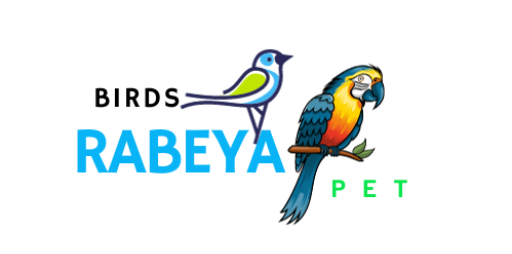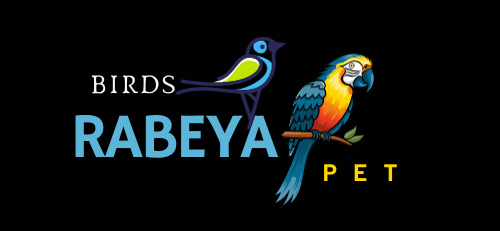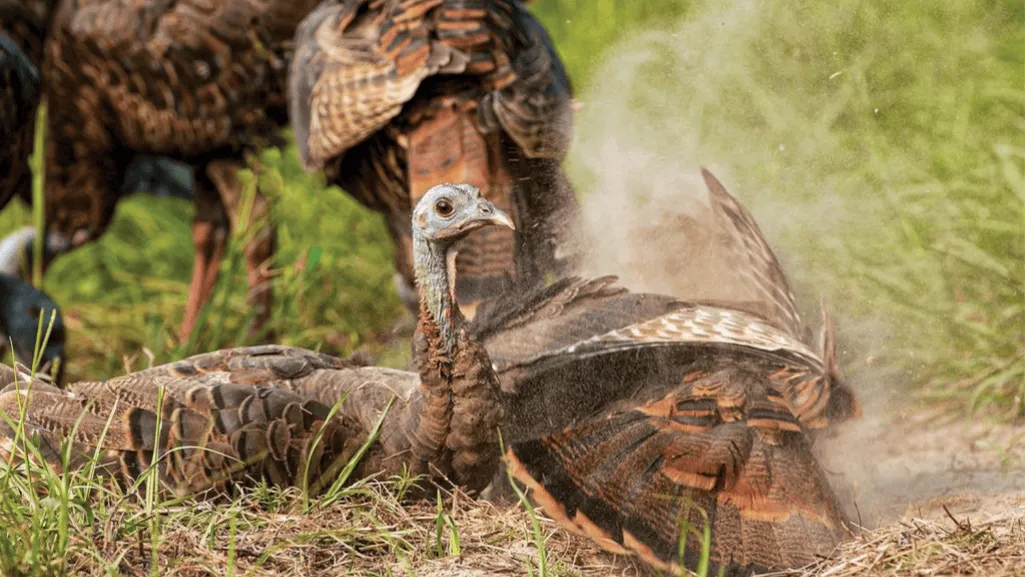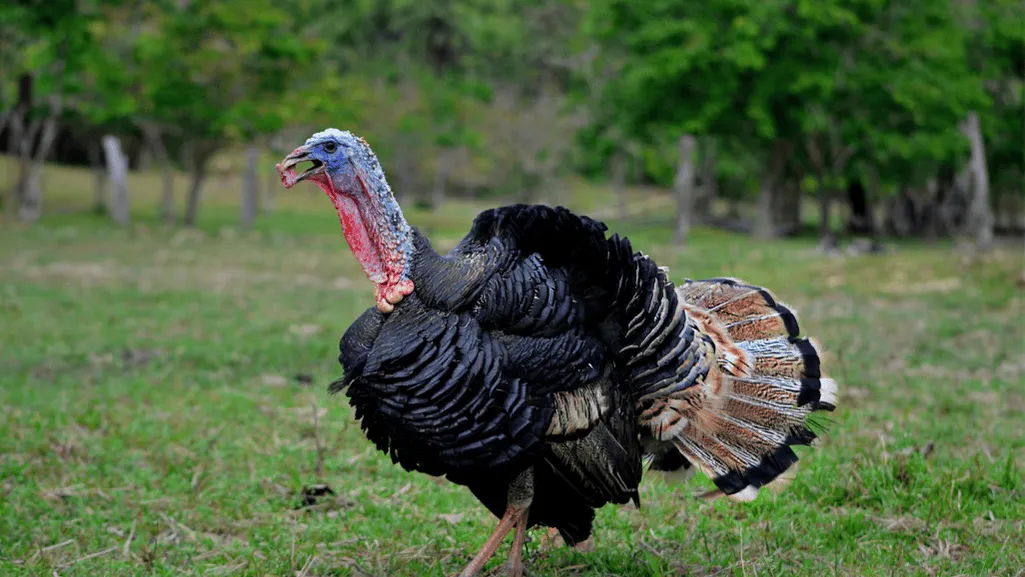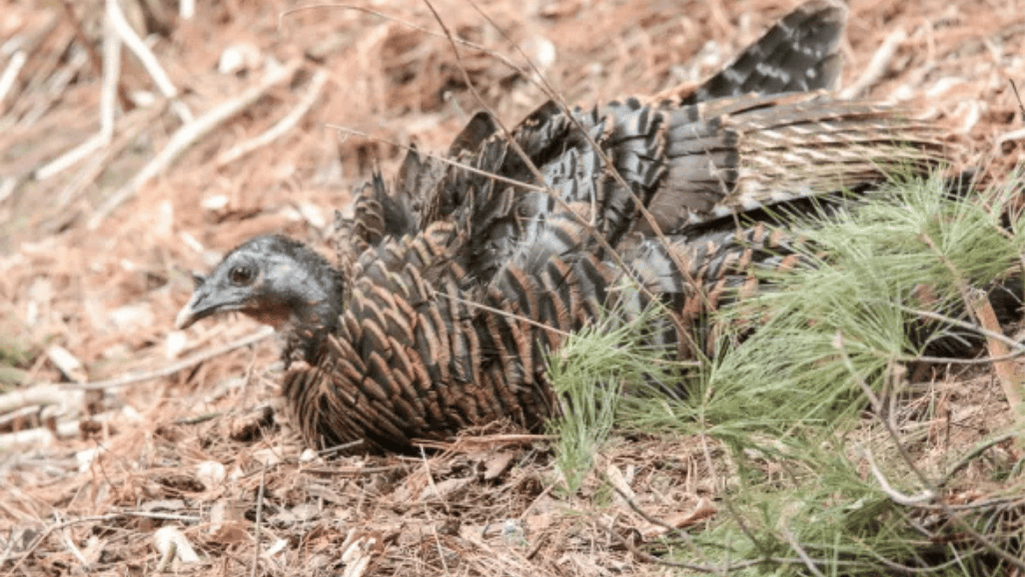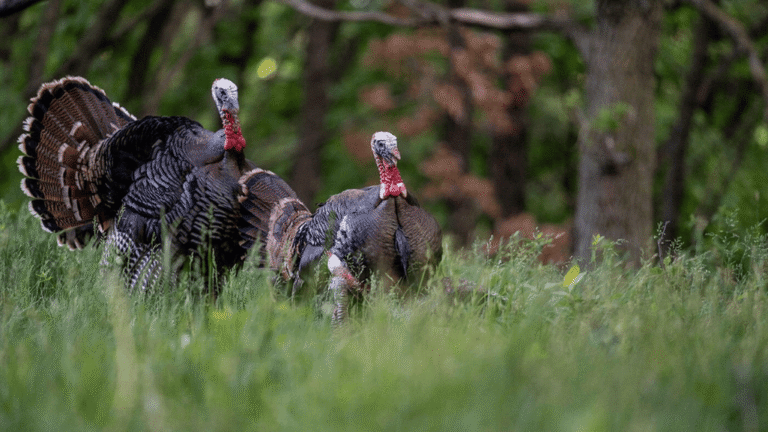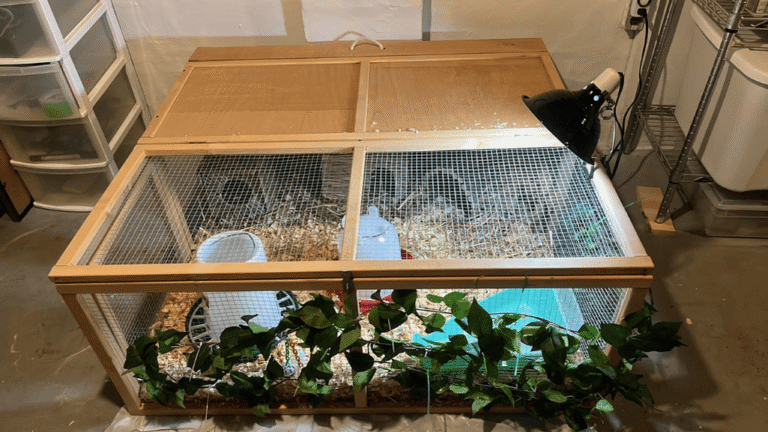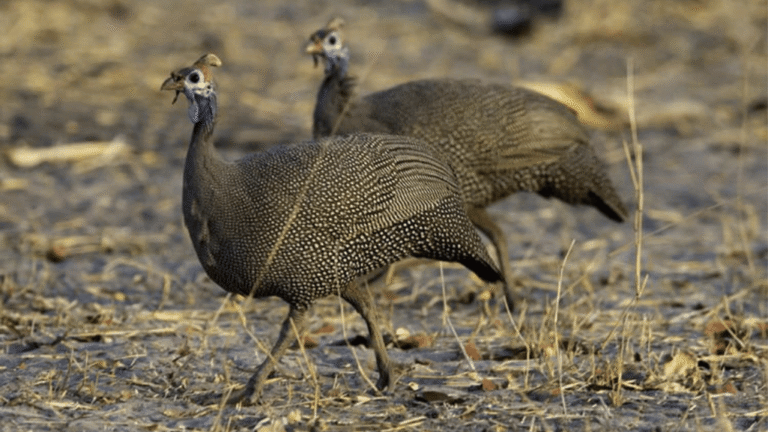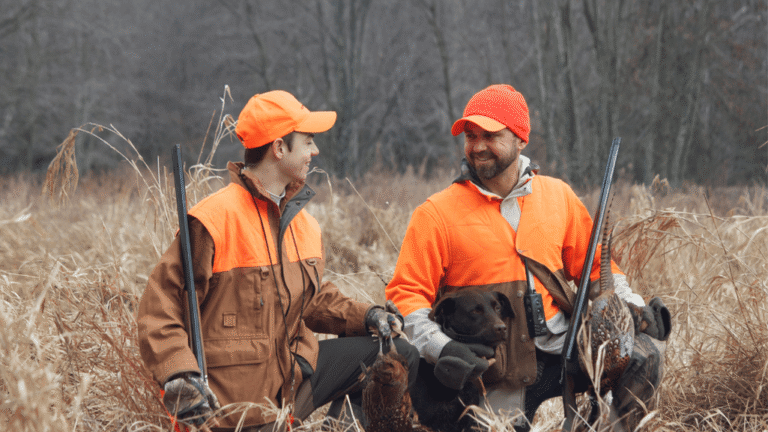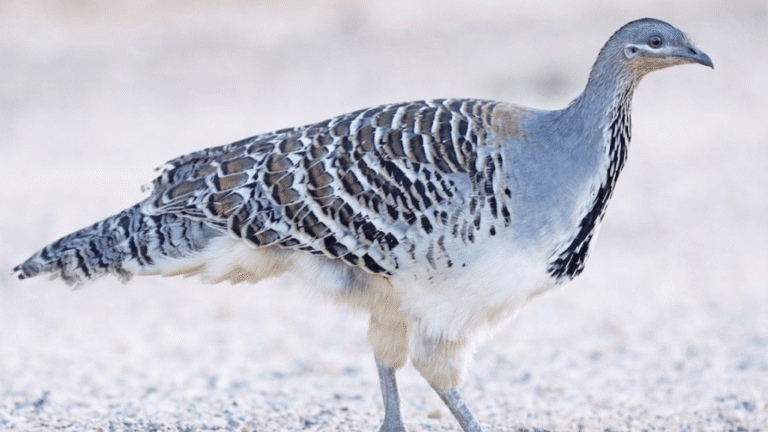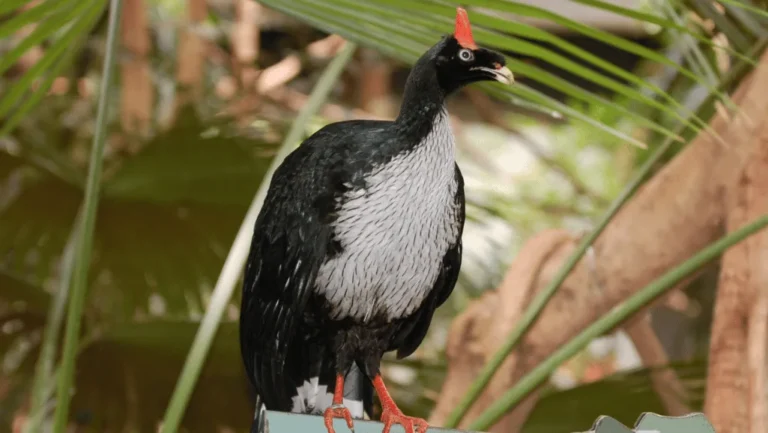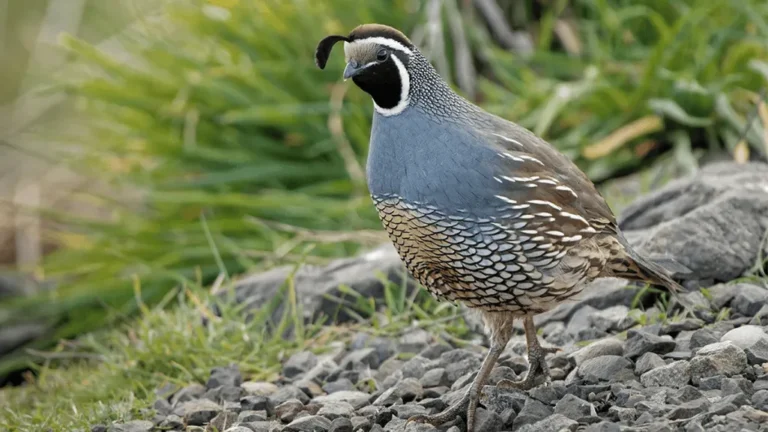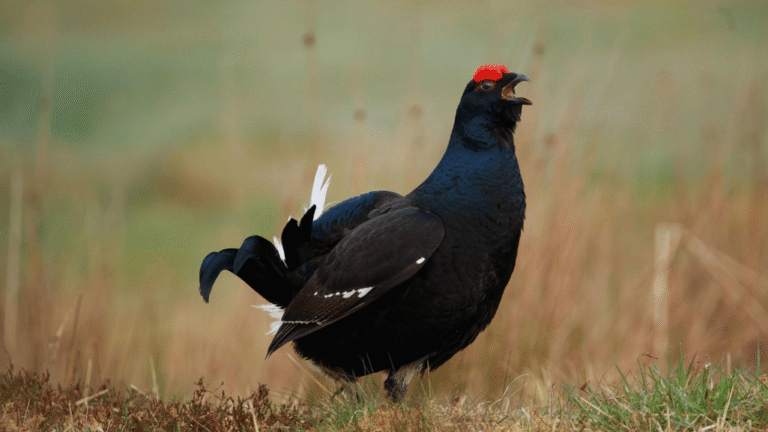Grooming is a vital part of turkey health and appearance. Natural behaviors — like preening, dusting, sunning, anting, feather preening, and stretching — help keep feathers clean, remove dirt and parasites, and maintain feather function. Observing these grooming rituals teaches owners how to support a bird’s routine, choose the right grooming tools, and set up areas (dusting spots, sunning spaces) so turkeys can stay healthy and look their best.
Buy vitamins and supplements
Key Takeaways:
- Turkey Grooming Techniques — natural behaviors like preening, dusting, sunning, anting, stretching, and fluffing are essential to feather and turkey health.
- Quick owner tip: set up a shallow dusting area (dry, loose substrate) and a sunny spot so birds can perform natural rituals safely.
- Use simple grooming tools (soft brushes, clean towels) to assist when necessary — but often observation and proper space are enough.
- Incorporate these tips into a regular grooming routine: weekly checks for parasites, daily observation of grooming behavior, and quick interventions only when you spot problems.
- If you see persistent irritated skin, heavy parasite loads, or abnormal feather loss, consult an avian vet — grooming helps prevent issues, but professional care may be required.
The Importance of Dusting and Sunning in Turkey Grooming
 Dusting and sunning are two natural turkey behaviors that play outsized roles in feather maintenance and overall turkey health. Dusting helps birds remove surface debris and loosen parasites; sunning aids drying, helps regulate body temperature, and can reduce some external parasites. Below are clear, practical notes owners can use to support these behaviors safely and effectively.
Dusting and sunning are two natural turkey behaviors that play outsized roles in feather maintenance and overall turkey health. Dusting helps birds remove surface debris and loosen parasites; sunning aids drying, helps regulate body temperature, and can reduce some external parasites. Below are clear, practical notes owners can use to support these behaviors safely and effectively.
Dusting: how it works
When turkeys dust, they crouch into a dry patch of loose substrate and flap to coat feathers with fine particles. That action helps remove surface dirt, old oils or secretions, and some parasites by abrasion. Observed turkeys will often return to the same dusting area regularly as part of their grooming routine.
How to set up a dusting spot (quick step-by-step)
- Choose a dry, sheltered area away from foot-traffic.
- Use loose, fine substrate (clean sand, wood ash mix, or commercial dusting medium) about 4–6 inches deep.
- Keep the dust box clean; replace substrate when soiled to prevent buildup of pathogens.
- Place multiple small dusting areas if you keep several birds to reduce competition and allow space for natural behavior.
Sunning: benefits and cautions
Sunning is when a turkey basks in sunlight, often spreading wings and exposing underfeathers. Benefits include drying feathers after wet weather, assisting thermoregulation and, in many observations, helping dislodge some external parasites that cannot tolerate heat. Sunning also supports normal feather condition after preening.
Cautions: provide shaded areas so birds can move out of strong sun to avoid overheating. During very hot weather, limit exposure and ensure fresh water and ventilation.
How dusting and sunning fit into regular grooming
Both behaviors are complements to feather preening. Dusting removes abrasive particles and helps remove dirt and loosen debris; then preening realigns feathers and spreads uropygial oil. Sunning accelerates drying after moisture exposure and assists parasite control as part of a turkey’s overall grooming routine.
Signs your dusting/sunning setup is working
- Birds visit dust areas regularly and quickly return to preening.
- Feathers look clean, not matted, and the plumage shows good alignment.
- Fewer visible external parasites on routine checks (note: heavy infestations require vet care).
If you spot persistent irritated skin, heavy parasite loads, or unusual feather loss, reach out to an avian veterinarian — dusting and sunning are preventive but not a substitute for professional care.
For a quick checklist and recommended grooming tools, see the practical guide linked in this article (check the “grooming tools” resource). Implementing these simple dusting and sunning supports in your flock’s regular grooming plan will help keep dirt and parasites in check and the birds in better overall health.
Anting and Feather Preening in Turkey Grooming
Anting and feather preening are two complementary behaviors that keep feathers functional and healthy. Anting — when a turkey rubs ants or ant secretions into feathers — is observed in many bird species and may help inhibit small external parasites and soothe irritated skin during periods of feather molting. While scientific evidence varies, many owners report anting as a recurring, self-directed grooming ritual that can be part of a bird’s strategy to manage pests and discomfort.
Feather preening is the primary maintenance behavior turkeys use to remove dirt, work off sheaths from newly molted feathers, and align plumage. During preening they also distribute oil from the uropygial gland (located near the tail), which helps keep feathers flexible and water-resistant — a key part of feather health and overall turkey health.
How to observe and support preening
- Watch for regular preening sessions after dusting or sunning — healthy turkeys preen daily.
- When you inspect, gently part feathers near the base and check for visible dirt, parasites, or retained sheaths on newly molted feathers.
- Use soft grooming tools (a clean soft brush) only if debris does not come off naturally — let natural preening do most of the work.
Practical care during molting
During feather molting, turkeys grow replacement feathers that are sheathed when new; regular preening helps remove those sheaths so feathers can expand correctly. Provide high-protein feed, a calm environment, and extra space for preening and stretching — these measures help maintain feather development and overall condition.
Signs of problem molting or parasite issues
- Persistent feather breakage, bald patches, or excessive feather loss (beyond normal molting).
- Visible crawling parasites, swollen skin, or persistent irritated skin.
- Birds that stop preening or show lethargy — seek veterinary advice promptly.
Remember: preening and anting are natural parts of a turkey’s grooming toolkit. They help remove debris and control some external pests, but heavy feather parasites or severe skin irritation require treatment. When in doubt, document what you see and contact an avian vet for guidance.
For more on tools and step-by-step help with newly molted feathers and preening support, follow the links to our grooming tools guide and the “how to help remove sheaths from newly molted feathers” resource in this article.
Stretching and Fluffing in Turkey Grooming
Stretching and fluffing are short, deliberate behaviors that prepare feathers for grooming and finish the preening process. Stretching loosens and flexes muscles, while fluffing realigns feathers so the plumage sits smoothly — both actions contribute to feather alignment and long-term feather health.
Why stretching matters
Stretching helps turkeys maintain mobility and prepares the body for active grooming. For birds kept in coops or pens, regular stretching prevents stiffness, improves circulation, and creates the space needed to preen feathers effectively.
How to encourage safe stretching (owner tips)
- Provide adequate space — a minimum pen height that allows full wing extension reduces restraint-related stiffness.
- Include low perches and varied terrain so birds can stretch regularly throughout the day.
- Offer daily opportunities for walking and brief flight (if safe) to keep muscles flexible and loosen flex muscles naturally.
Fluffing: what it does and when to look for it
After preening, turkeys fluff to realign barbules and ensure feathers interlock correctly. Fluffing helps achieve a smooth outer surface that insulates and sheds water — in short, it helps feathers reach optimal condition after the preening process.
Quick checklist: support stretching & fluffing
- Ensure pen space allows full wing extension and a place to lie down for dusting.
- Provide sheltered sunning spots and clean dusting areas so birds can complete the full grooming sequence (dust → stretch → preen → fluff).
- Monitor for birds that avoid stretching or fluffing — this can be an early sign of discomfort or illness.
| Grooming Technique Benefits & Owner Actions | |
| Stretching | Loosens and flexes muscles; encourages range of motion. Owner action: provide vertical and horizontal space, perches, and room to walk. |
| Fluffing | Realigns feathers after preening for insulation and waterproofing. Owner action: allow quiet time after preening and keep dust/sunning areas available so fluffing can finish the grooming cycle. |
In short, stretching and fluffing are small but essential parts of a turkey’s grooming routine. By giving birds the right areas and space to perform these behaviors, owners can help maintain feather alignment and overall plumage condition — which supports health and appearance.
Conclusion
Grooming is fundamental to turkey care — it supports feather function, keeps birds comfortable, and helps them stay healthy. By observing and encouraging natural behaviors like dusting, sunning, anting, feather preening, stretching, and fluffing, owners can help keep plumage in optimal condition and reduce common issues related to dirt, parasites, and moisture.
Quick, actionable takeaways
- Make a simple grooming routine: weekly checks for parasites, daily observation of preening, and maintaining dusting & sunning areas.
- Provide space and spots: dust boxes, sheltered sunning areas, and room to stretch and fluff — these small changes help your turkeys stay fit and comfortable.
- Use grooming tools sparingly; natural behaviors do most of the work. Intervene only when you spot persistent irritated skin, heavy parasite loads, or abnormal feather loss.
Tips: start a weekly checklist today (inspect feathers, tail area, and uropygial gland function) and note any changes. If you’re unsure about parasite signs or molting problems, consult an avian veterinarian — prompt care protects turkey health and appearance.
Implementing these grooming rituals and small environmental improvements will help maintain your flock’s plumage, allow birds to perform their natural behaviors, and increase the chances they remain healthy and show their best. For a ready-made grooming checklist and recommended grooming tools, see the linked resources in this guide and add them to your routine.
